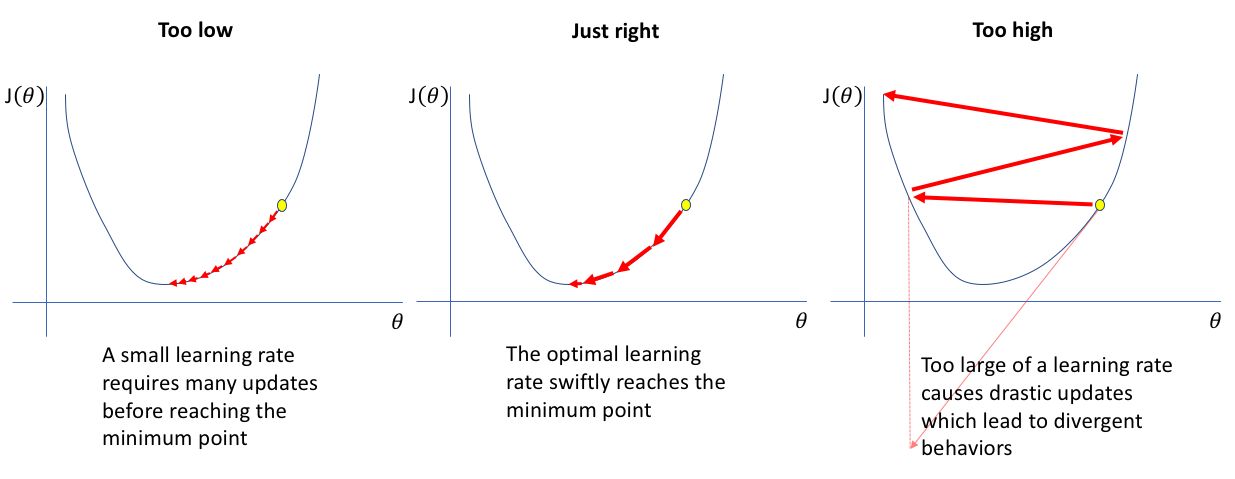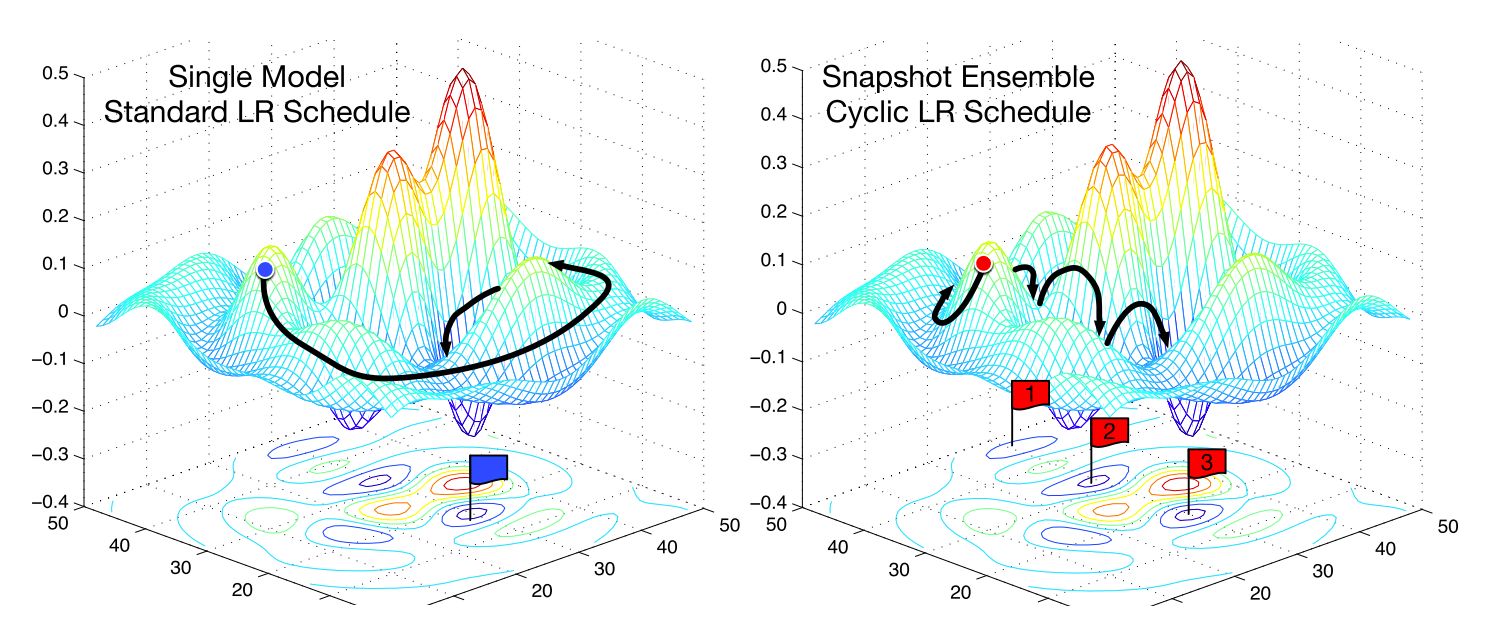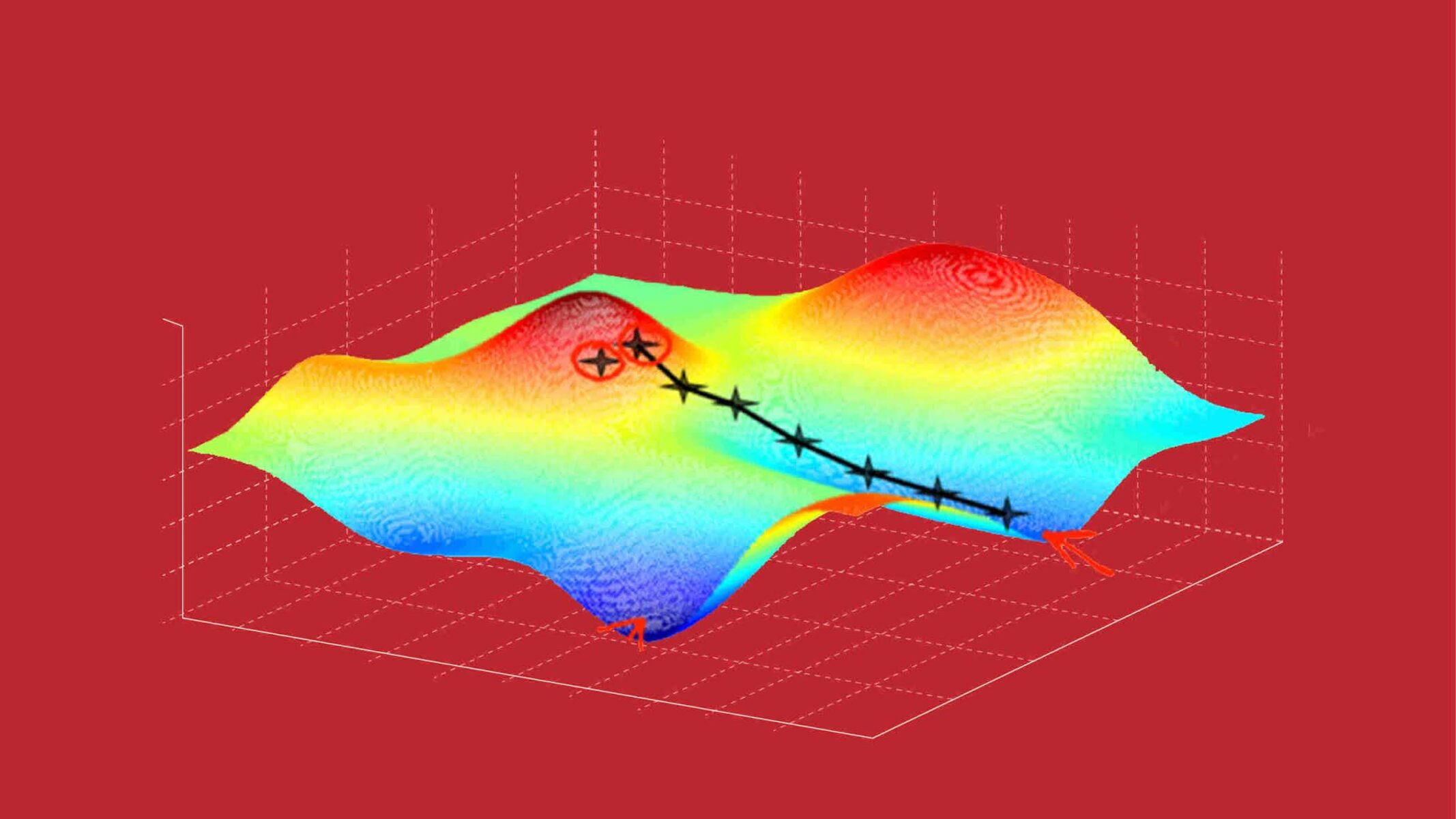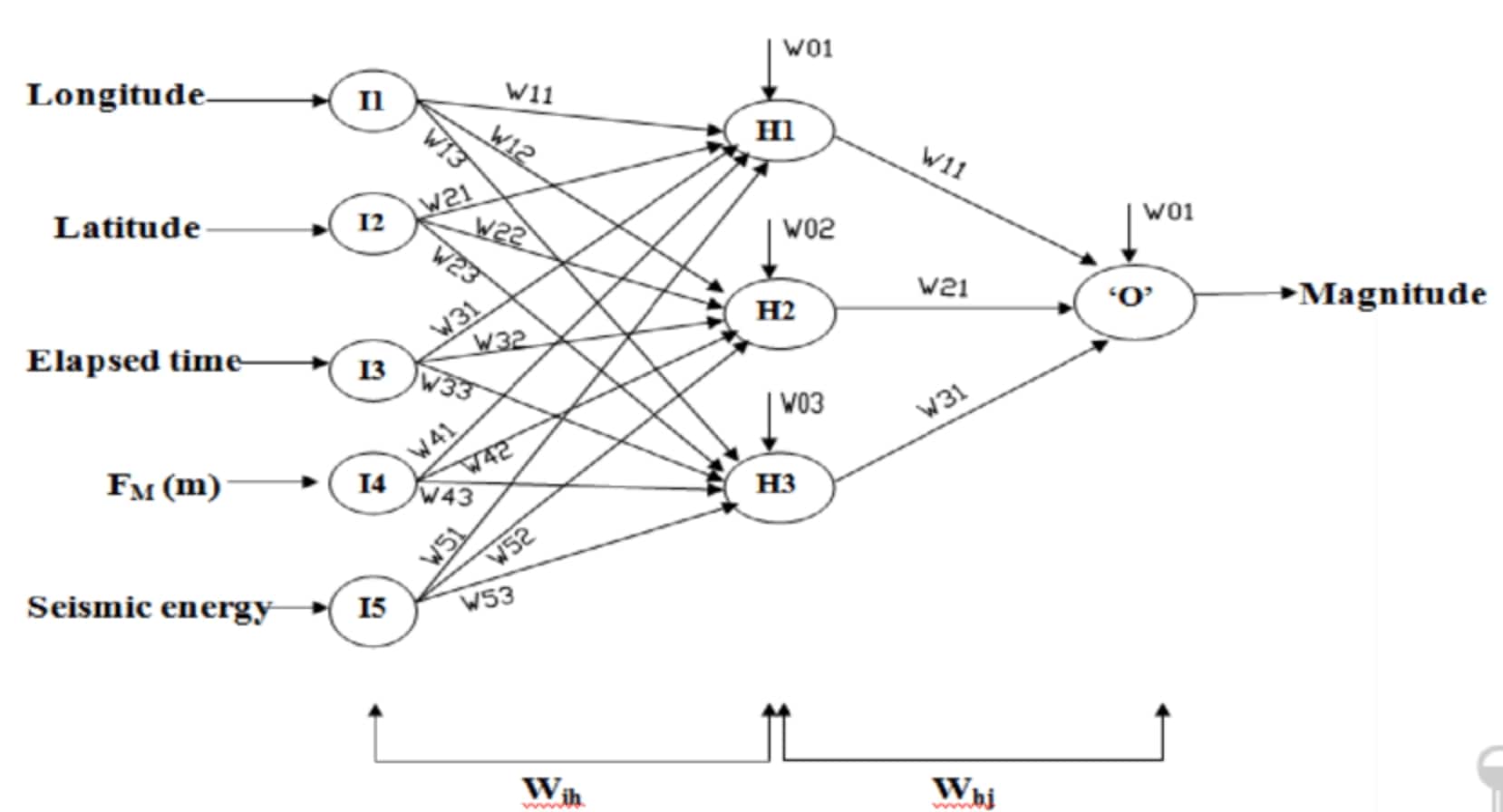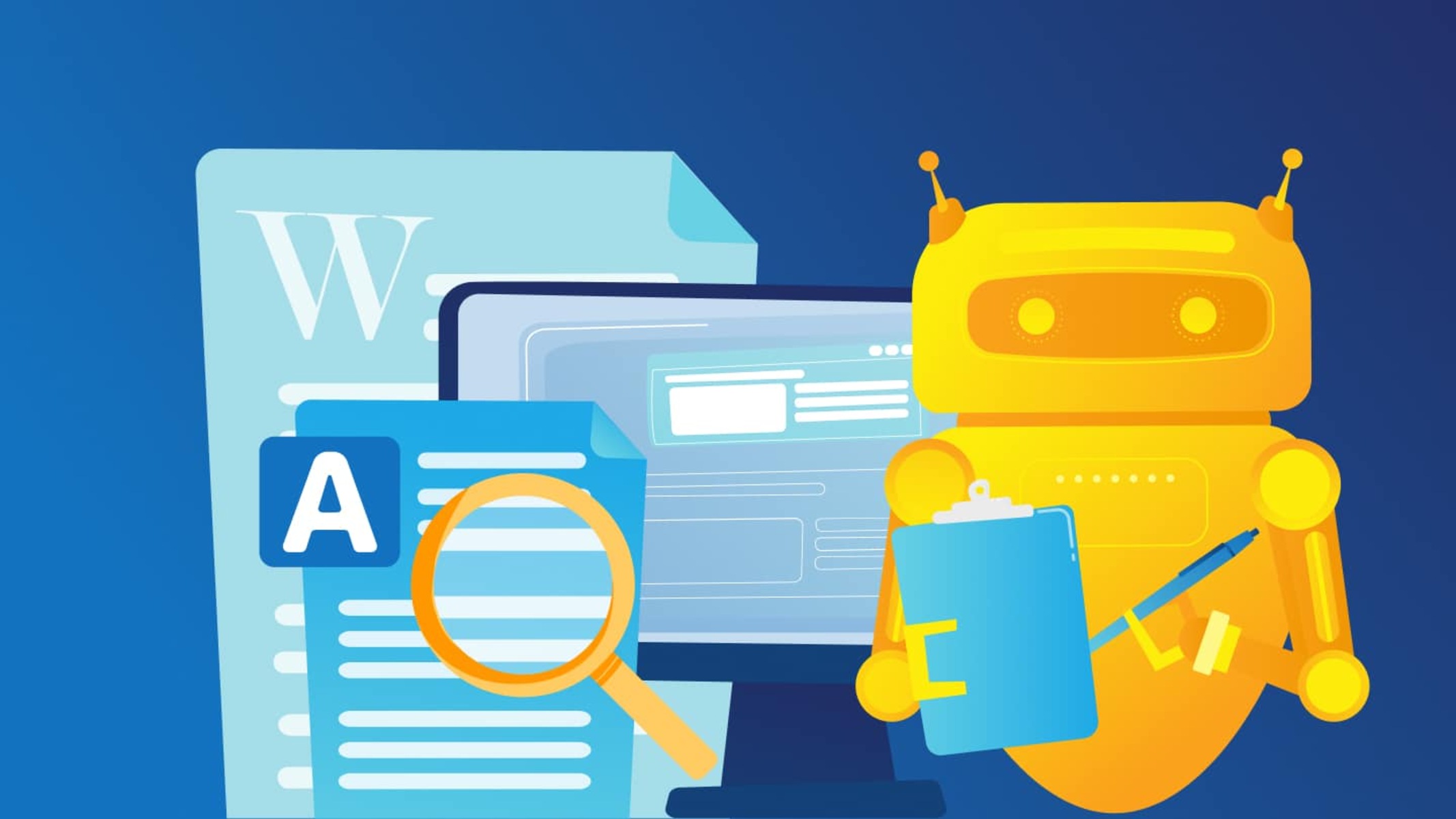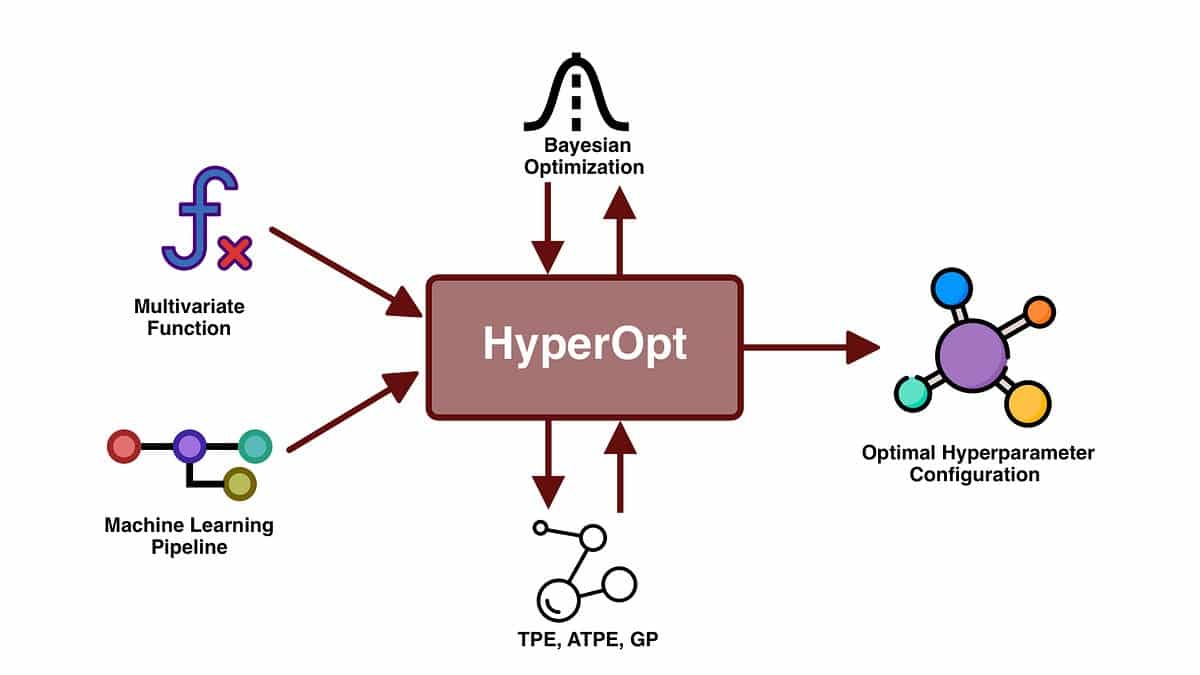Introduction
Welcome to the world of machine learning, where algorithms are developed to learn from data and make predictions or decisions. In the realm of machine learning, the concept of a learning rate plays a crucial role in model training and optimization. This article aims to demystify the learning rate and its significance in machine learning algorithms.
The learning rate can be considered as a hyperparameter that determines the step size taken by an optimization algorithm during model training. In simpler terms, it indicates how much the model weights are updated with each iteration. A carefully chosen learning rate can lead to faster convergence and better model performance, while an improper learning rate can hinder the learning process or cause the model to converge to suboptimal solutions.
Understanding the learning rate is essential because it directly impacts the speed and accuracy of model training. This hyperparameter can help your model find the right balance between exploring new regions of the solution space and exploiting the existing information in the data.
In the next sections, we will delve deeper into the definition and importance of the learning rate, explore how it affects model performance, discuss methods to determine an optimal learning rate, highlight common issues encountered with learning rate selection, and provide tips for selecting an appropriate learning rate for your machine learning models.
Definition of Learning Rate
In machine learning, the learning rate can be defined as a scalar value that determines the step size taken during the optimization process of training a model. It influences how much the model’s weights or parameters are adjusted with each iteration.
When training a machine learning model, the goal is to minimize the error or loss function by adjusting the model’s parameters. The learning rate acts as a scaling factor, controlling the size of the update made to these parameters in each training iteration. A higher learning rate will cause larger updates, potentially resulting in faster convergence but running the risk of overshooting the optimal solution. Conversely, a lower learning rate will lead to smaller updates, slowing down the convergence but increasing the likelihood of reaching a more precise optimum.
The learning rate is an essential hyperparameter that needs to be carefully chosen based on the problem at hand and the characteristics of the dataset. If the learning rate is too high, the model may fail to converge, as the updates might bounce around or even diverge. On the other hand, if the learning rate is too low, the model may take a very long time to converge or may get stuck in suboptimal local minima, resulting in poorer performance.
Finding the right learning rate is a crucial step in model training. It requires a balance between ensuring steady progress without making too big or too small adjustments to the model’s parameters. Different machine learning algorithms and optimization techniques may have specific ways of determining or adjusting the learning rate during the training process, which we will explore further in the upcoming sections.
Importance of Learning Rate
The learning rate is a critical hyperparameter in machine learning algorithms as it has a profound impact on model training and optimization. Its importance can be highlighted by the following key reasons:
1. Convergence Speed: The learning rate significantly influences how fast a model converges to an optimal solution. A higher learning rate allows for larger updates to the model’s parameters, which can lead to faster convergence. However, using too high of a learning rate may cause the optimization process to overshoot the optimal solution or oscillate around it. On the other hand, a lower learning rate slows down convergence but may result in more precise and accurate parameter estimates.
2. Model Performance: The learning rate directly impacts the performance of a trained model. An optimally chosen learning rate can help the model generalize well to unseen data, leading to better accuracy and predictive power. However, an incorrect learning rate can cause the model to underfit or overfit the training data, resulting in poor performance on new data.
3. Trade-off between Exploration and Exploitation: The learning rate determines the balance between exploring new areas of the solution space and exploiting the existing information in the data. A higher learning rate encourages more exploration by allowing larger updates to the model’s parameters. Conversely, a lower learning rate leans towards exploitation, focusing on fine-tuning and refining the current parameter estimates. Striking the right balance is crucial to avoid getting stuck in local minima/maxima or overlooking important regions of the solution space.
4. Robustness to Noise and Outliers: A well-tuned learning rate can help a model handle noisy or outlier-prone data more effectively. By adapting the step size based on the gradients observed during training, the learning rate can attenuate the influence of noise or outliers, leading to more robust and reliable model predictions.
5. Transfer Learning and Fine-tuning: Learning rates are also crucial when applying transfer learning or fine-tuning pre-trained models. In these scenarios, a carefully chosen learning rate allows the model to balance retaining the knowledge from the pre-trained layers while adapting to the new target task.
Considering the importance of the learning rate, it is essential to select an appropriate value to achieve optimal model performance. In the next section, we will explore methods to determine the optimal learning rate for your machine learning models.
How Learning Rate Affects Model Performance
The choice of learning rate has a profound impact on the performance of a machine learning model. It can determine whether the model converges to an optimal solution efficiently or gets stuck in poor local minima/maxima. Here are some ways in which the learning rate affects model performance:
1. Convergence Speed: The learning rate controls the step size taken during parameter updates in each training iteration. A higher learning rate allows for larger updates, leading to faster convergence. However, a too high learning rate can cause the optimization process to overshoot the optimal solution or oscillate around it, hindering convergence. On the other hand, a lower learning rate slows down convergence but may lead to more precise and accurate parameter estimates.
2. Stability of the Optimization Process: The learning rate influences the stability of the training process. An improperly chosen learning rate can cause the optimization algorithm to fail to converge, resulting in an unstable and unreliable model. It can lead to gradient divergence or bouncing updates, which hinder the search for the optimal solution.
3. Generalization Performance: The learning rate has a direct impact on the model’s generalization performance, i.e., how well it performs on unseen data. If the learning rate is too high, the model might learn to fit the training data too closely, leading to overfitting. On the other hand, if the learning rate is too low, the model may fail to capture important patterns in the training data, resulting in underfitting.
4. Robustness to Noise and Outliers: A well-selected learning rate can improve a model’s robustness to noisy or outlier-prone data. By adapting the step size based on the observed gradients, the learning rate can attenuate the influence of noise or outliers on the parameter updates. This leads to a more stable and reliable model that is less affected by small perturbations in the data.
5. Avoiding Local Minima/Maxima: The learning rate plays a crucial role in helping the optimization process escape local minima/maxima. A learning rate that is too high helps the model explore the solution space more vigorously, increasing the chances of finding better optima. Conversely, a lower learning rate allows the model to refine its parameter estimates more closely, reducing the risk of getting stuck in suboptimal solutions.
To maximize model performance, it is important to experiment with different learning rates and observe their impact on the training process and evaluation metrics. In the next section, we will discuss various methods to determine an optimal learning rate for your machine learning models.
Methods to Determine an Optimal Learning Rate
Selecting an appropriate learning rate is crucial for achieving optimal model performance in machine learning. Fortunately, there are various methods available to determine the optimal learning rate for your specific model and dataset. Here are a few common approaches:
1. Fixed Learning Rate: This method involves manually setting a fixed learning rate value throughout the training process. While it is a simple approach, it may require some trial and error to find the optimal value. It is recommended to start with a small learning rate and gradually increase it to find a value that allows for quick convergence without compromising on the stability of the optimization process.
2. Learning Rate Schedules: Learning rate schedules involve predefined patterns for adjusting the learning rate during training. Common schedules include a step decay, where the learning rate is reduced by a factor after a certain number of epochs, or an exponential decay, where the learning rate decreases exponentially over time. These schedules can help improve convergence and fine-tune the learning rate based on the progression of the training process.
3. Learning Rate Range Test: This method involves training the model with a range of learning rates and monitoring the loss function or accuracy. Gradually increasing the learning rate allows for faster convergence initially, but at some point, the learning rate becomes too high, resulting in unstable behavior or divergent loss. This test helps identify the learning rate range that ensures both fast convergence and stability.
4. Cyclical Learning Rates: In cyclical learning rate approaches, the learning rate is cycled between lower and upper bounds during training. This technique aims to explore different areas of the solution space by periodically increasing the learning rate, allowing the model to escape local minima. This can improve model performance and prevent convergence to suboptimal solutions.
5. Adaptive Learning Rate Methods: Adaptive learning rate methods dynamically adjust the learning rate based on the gradients observed during training. One popular approach is AdaGrad, which adapts the learning rate individually for each parameter by dividing it by the sum of squared gradients. Another approach is Adam, which combines adaptive learning rates with momentum-based updates. These methods can lead to more efficient and effective learning in different scenarios.
It is important to note that the optimal learning rate may vary depending on the specific problem, dataset size, and model architecture. Therefore, it may require experimentation and validation to identify the best method and learning rate for your particular use case. Additionally, it is recommended to regularly monitor the model’s performance and adjust the learning rate if needed during the training process.
In the next section, we will discuss common issues associated with learning rate selection and provide tips for selecting an appropriate learning rate for your machine learning models.
Common Issues with Learning Rate
While the learning rate is a crucial hyperparameter in machine learning, it is not without its challenges. Understanding and addressing these common issues can help improve model training and performance. Here are some of the common issues associated with learning rate selection:
1. Learning Rate that is Too High: Using a learning rate that is too high can result in unstable training dynamics. The parameter updates may become too large, causing the optimization process to overshoot the optimal solution or oscillate around it. This can lead to slower convergence or even divergence of the training process. It is important to strike the right balance between fast convergence and stable optimization.
2. Learning Rate that is Too Low: On the other hand, using a learning rate that is too low can significantly slow down the convergence of the model. It may take a long time for the model to reach the optimal solution or even get stuck in suboptimal local minima. A very low learning rate can hinder the model’s ability to explore the solution space effectively and find the best parameter values.
3. Sensitivity to Initial Learning Rate: The initial learning rate plays a crucial role in determining the training dynamics. Small changes in the initial learning rate can have a significant impact on the model’s convergence behavior. It is important to carefully select the initial learning rate and consider its effects on the training process and model performance.
4. Lack of Learning Rate Decay: Using a fixed learning rate throughout the training process may not be desirable in some cases. Without decay, the learning rate may be too high towards the end of the training, potentially causing instability or overshooting the optimal solution. Applying learning rate decay strategies, such as step decay or exponential decay, can help fine-tune the learning rate as the training progresses.
5. Incompatibility with Optimization Algorithm: Different optimization algorithms may have different requirements or sensitivities to the learning rate. It is important to choose a learning rate that is compatible with the specific optimization algorithm being used. Some techniques, such as AdaGrad or Adam, adapt the learning rate dynamically based on the gradients observed during training, which can mitigate this issue.
To overcome these issues, it is recommended to experiment with different learning rates and observe their impact on the training process and model performance. Regularly monitoring the training dynamics and evaluation metrics can help identify potential issues and guide the adjustment of the learning rate if needed.
In the next section, we will provide tips for selecting an appropriate learning rate for your machine learning models, considering the challenges discussed above.
Tips for Selecting a Learning Rate
The selection of a suitable learning rate is crucial for achieving optimal model performance. While there is no one-size-fits-all approach, here are some tips that can help guide you in selecting an appropriate learning rate for your machine learning models:
1. Start with a Small Learning Rate: It is generally recommended to begin with a small learning rate and gradually increase it as needed. Starting too high may lead to unstable training dynamics. Beginning with a small learning rate allows for a more controlled exploration of the solution space and helps ensure stable convergence.
2. Monitor Training Dynamics: Regularly monitor the training dynamics during the model training process. Keep an eye on metrics such as loss function or accuracy and observe the behavior as the learning rate changes. Look for signs of convergence, stability, and performance improvement. If the training process becomes unstable or performance plateaus, consider making adjustments to the learning rate.
3. Learning Rate Range Test: Conduct a learning rate range test to identify a suitable range of learning rates. Train the model with a range of learning rates and monitor the loss function or accuracy. Look for the learning rate value at which the loss decreases most rapidly without significant instability or divergence. This approach helps to identify a safe range of learning rates to consider.
4. Use Learning Rate Schedules: Implement learning rate schedules to fine-tune the learning rate during training. Consider using techniques such as step decay or exponential decay, where the learning rate decreases over time or after a certain number of epochs. Learning rate schedules allow for adjustments based on the training progress and can help achieve faster convergence and better model performance.
5. Explore Adaptive Learning Rate Methods: Consider using adaptive learning rate methods such as AdaGrad or Adam. These methods adjust the learning rate based on the gradients observed during training, allowing for more efficient and effective learning. Adaptive learning rate methods can help overcome the challenges of selecting a fixed learning rate and mitigate issues related to stability and convergence.
6. Validate on a Holdout Set: After selecting a learning rate, assess its impact on model performance using a holdout set or validation set. Evaluate the model’s performance metrics, such as accuracy or loss, on the validation set to ensure that the chosen learning rate leads to satisfactory results. Adjust the learning rate if necessary based on the validation performance.
Remember, selecting the optimal learning rate may require experimentation and fine-tuning. It is essential to consider the characteristics of your specific dataset, model architecture, and optimization algorithm. Regular monitoring, validation, and adjustment of the learning rate during training can help optimize model performance and achieve better results.
In the next section, we will summarize the key points covered in this article and offer some final thoughts on the importance of learning rate in machine learning.







